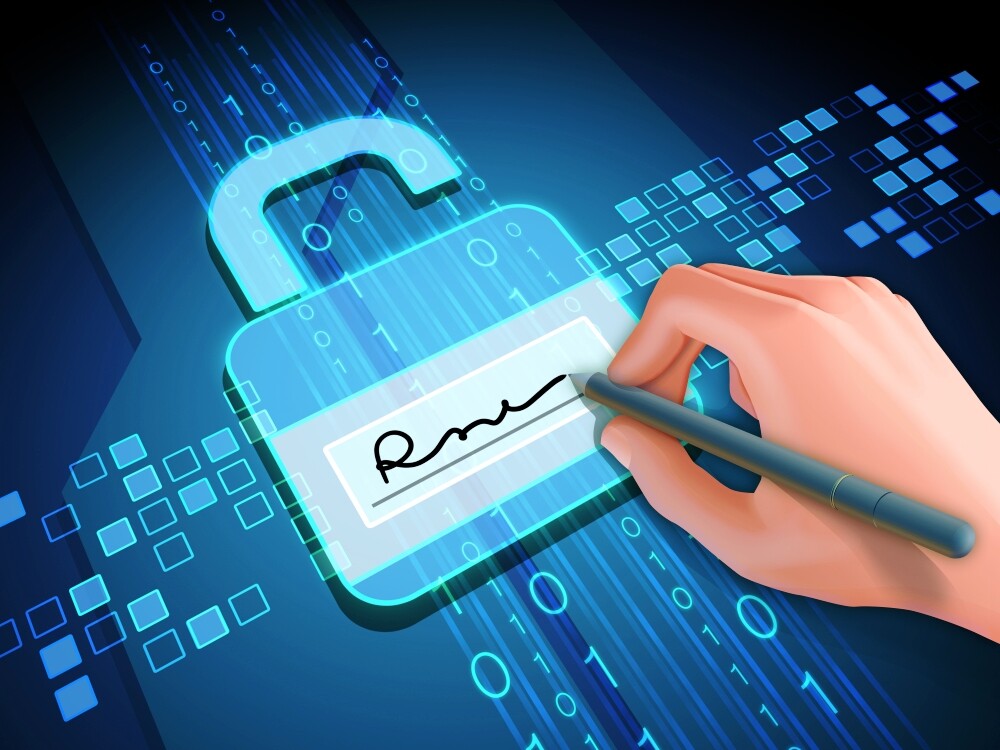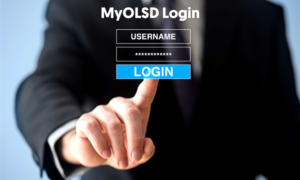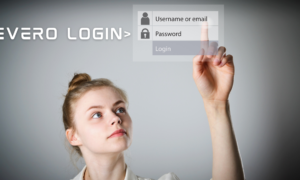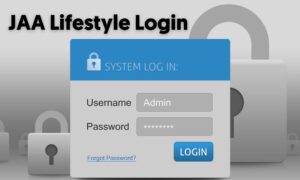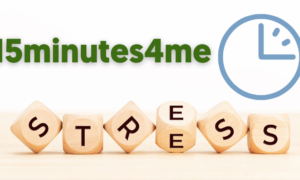Introduction
Definition of Electronic Signature Software
Electronic signature software, also known as e-signature software, is a powerful digital tool that enables users to securely sign and authenticate electronic documents, contracts, or agreements. It provides a legally binding alternative to traditional ink signatures by utilizing cryptographic technology to verify the authenticity and integrity of digital transactions. By replacing the cumbersome process of printing, signing, scanning, and mailing physical documents, electronic signature software offers a more convenient and efficient way to handle paperwork in today’s fast-paced digital world.
Importance and Benefits of Using Electronic Signatures
The significance of using electronic signatures cannot be overstated in today’s business landscape. One of the key benefits is the substantial time-saving advantage they offer. With electronic signatures, there’s no need for physical copies or manual paperwork.
Documents can be signed electronically with just a few clicks from anywhere in the world. This expedites processes like contract approvals or client onboarding and eliminates delays associated with waiting for physical documents to be signed.
Furthermore, electronic signature software enhances operational efficiency by streamlining workflows and minimizing administrative tasks. It eliminates the need for printing, scanning, or mailing documents back and forth between parties involved in a transaction.
As a result, costs associated with paper supplies, printing equipment maintenance, courier services are significantly reduced. Not only does this save money for businesses but it also promotes sustainability by reducing paper waste.
Overview of How Electronic Signature Software Works
Electronic signature software operates on advanced encryption technologies that ensure secure transmission and storage of sensitive data during the signing process. Typically based on public-key infrastructure (PKI), these solutions use cryptographic algorithms to generate unique digital signatures that are uniquely tied to each signer’s identity. When using electronic signature software, signers receive an email notification containing a link to access the document requiring their signature.
Upon clicking the link, they are directed to an online signing platform where they can view and review the document. The software provides intuitive tools to electronically sign with options for various signature styles, initials, or annotations.
Once the document is signed, it is sealed with a tamper-evident cryptographic seal that guarantees its integrity. The software then generates a digitally signed certificate that includes information about the signer’s identity and timestamps the transaction.
This certificate serves as a legal proof of authenticity and can be easily verified by third parties when required. Electronic signature software revolutionizes how documents are signed and managed by providing a secure, efficient, and legally binding alternative to traditional ink signatures.
It eliminates physical paperwork, reduces costs, improves workflow efficiency, and ensures compliance with regulatory standards. By understanding its definition, benefits, and functionality, businesses can fully embrace this technology to streamline their document management processes and enhance overall productivity.
Types of Electronic Signature Software
Basic Electronic Signature Software
Basic electronic signature software serves as a fundamental tool in the realm of digital document signing. This type of software offers a range of features and functionalities that cater to individuals or small businesses with straightforward signing needs. With basic electronic signature software, users can easily create, sign, and send documents electronically, streamlining the entire document signing process.
One of the primary advantages of basic electronic signature software is its simplicity and user-friendly interface. These tools are designed to be intuitive, allowing even those with limited technical expertise to navigate through the signing workflow effortlessly.
Users can upload their documents in popular file formats such as PDF or Word, and then easily add signatures, initials, text fields for additional information, checkboxes for agreement consent, and even date stamps. In addition to its ease-of-use, basic electronic signature software often provides basic security measures to protect signed documents from unauthorized access or tampering.
Some features may include password protection for opening documents or setting document expiration dates. While lacking some advanced functionalities found in higher-tiered solutions, basic electronic signature software offers an accessible entry point into the world of e-signatures.
Advanced Electronic Signature Software
For large enterprises or organizations with extensive document management requirements and complex signing workflows, advanced electronic signature software provides a comprehensive solution tailored to their needs. This type of software offers robust features and capabilities that go beyond basic e-signing functionalities.
The key advantage of advanced electronic signature software lies in its ability to handle intricate signing processes involving multiple parties and complex approval hierarchies. These tools often provide customizable workflow templates that allow organizations to create intricate document routing paths based on specific business rules or compliance regulations.
In addition to sophisticated workflow management capabilities, advanced electronic signature solutions offer enhanced security measures. They employ advanced encryption protocols to ensure the authenticity and integrity of signed documents, protecting them during transmission and storage.
Furthermore, these solutions often comply with legal regulations such as the eIDAS Regulation in Europe, the UETA (Uniform Electronic Transactions Act) in the United States, and the ESIGN (Electronic Signatures in Global and National Commerce) Act. Overall, both basic and advanced electronic signature software play vital roles in streamlining document signing processes.
While basic software is ideal for individuals or small businesses with simple signing needs, advanced solutions are better suited for large enterprises or organizations with complex workflows and stringent security requirements. By choosing the right type of electronic signature software based on their specific needs, users can significantly enhance efficiency, productivity, and security in their document management practices.
User-friendly interface and ease of use
Subsection subtitle: The Pathway to Effortless Signing Electronic signature software boasts a user-friendly interface designed to streamline the signing process. With an intuitive design and smooth navigation, users can effortlessly navigate through the software’s features.
The interface is thoughtfully crafted to ensure a seamless signing experience, eliminating any confusion or complications that may arise during the process. Additionally, electronic signature software offers customizable options to match individual preferences.
Users can personalize their signing experience by adjusting settings such as font style and size, color schemes, or even adding company logos for branding purposes. Customizability not only enhances user satisfaction but also helps create a cohesive professional image throughout the document signing process.
Security measures and compliance standards
Subsection subtitle: Vaulting Sensitive Data with Ironclad Security Ensuring the security of sensitive data is paramount when it comes to electronic signature software. These platforms employ robust security measures to protect data during transmission and storage using advanced encryption protocols.
This encryption ensures that documents are securely transmitted from sender to recipient, preventing unauthorized access or tampering. Moreover, electronic signature software complies with legal regulations such as eIDAS, UETA, and ESIGN Act.
These regulations define the validity and enforceability of electronic signatures in various regions globally. By adhering to these standards, electronic signature software provides users with peace of mind knowing that their digital signatures hold legal weight.
Integration capabilities
Subsection subtitle: Seamlessly Connecting Your Workflow Electronic signature software goes beyond just facilitating document signings—it integrates seamlessly into your existing workflow.
These platforms offer compatibility with various file formats including PDFs, Word documents, Excel spreadsheets, and more. This versatility allows users to sign documents in their preferred format without any hassle.
Furthermore, electronic signature software integrates effortlessly with popular business tools like CRM systems or cloud storage platforms. By integrating with these tools, users can access and manage their signed documents directly from their preferred business applications, enhancing productivity and streamlining workflows.
Benefits of Using Electronic Signature Software
Unlocking the Power of Efficiency
A: Time-saving advantages Electronic signature software brings an array of time-saving benefits to businesses and individuals.
By eliminating the need for manual paperwork, printing, signing, and scanning processes, precious time is saved. Documents can be signed electronically within minutes rather than days or weeks, accelerating the turnaround time for document approvals.
B: Cost-effectiveness Not only does electronic signature software save time, but it also helps cut down costs significantly.
With reduced reliance on paper, ink, and printing materials, businesses can save on expenses associated with physical document handling. Additionally, the software minimizes administrative tasks related to managing physical documents such as filing or storing them physically.
C: Enhanced productivity Electronic signature software enhances productivity by offering real-time tracking and notifications on document status.
Users can easily monitor the progress of their documents throughout each stage of the signing process. This transparency allows for better collaboration among stakeholders involved in a transaction or project.
Conclusion: Electronic signature software offers a plethora of features that make it an invaluable tool for modern businesses and individuals alike.
From its user-friendly interface to robust security measures and seamless integration capabilities—the software provides a streamlined experience for electronic signings while adhering to legal standards worldwide. By embracing electronic signatures through this technology, organizations gain significant benefits such as saving time with accelerated document approvals while reducing costs associated with physical paperwork management.
Furthermore, enhanced productivity is achieved through real-time tracking and notifications that empower efficient collaboration amongst stakeholders. Embracing electronic signature software not only revolutionizes the way we sign documents but also contributes to a more sustainable future by reducing paper waste—an optimistic spin that leaves readers feeling good about both their own efficiency gains and their positive impact on the environment.

